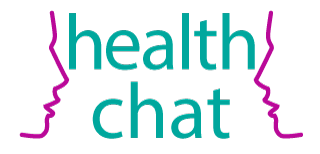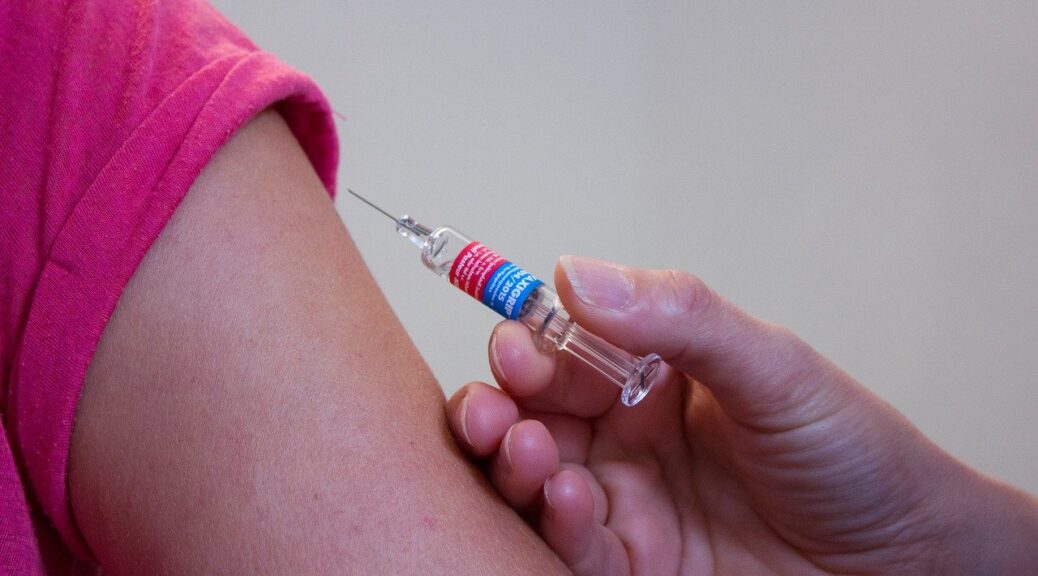Results of a Social Media Campaign to Prevent Indoor Tanning by Teens: A Randomized Controlled Trial
Indoor tanning (IT) increases the risk of developing melanoma. A social media campaign to reduce mother’s permissiveness toward their teenage daughters’ IT was designed and evaluated by Dr. David Buller, Director of Research at Klein Buendel, and his research team. He gave a presentation on the Health Chat campaign at the virtual 71st Annual International Communication Association Conference, May 27-31, 2021.
A total of 869 mothers of teenage daughters aged 14-17 in 34 states without bans on IT by minors were enrolled in a randomized controlled trial with two assessments, baseline and 12-month follow-up in 2017-19. A year-long adolescent health campaign was delivered to all participants. The intervention group received posts on preventing IT while the control group received posts about preventing prescription drug misuse. Mothers completed assessments of permissiveness for daughters to indoor tan, self-efficacy for refusing permission, communication with daughters about avoiding IT, attitudes and intentions toward IT, IT behavior, and support for state IT bans. Daughters (n=469; 54%) completed the assessments at baseline and at 12 months.
At the 12-month follow-up, intervention-group mothers were less permissive of IT by daughters, reported more communication with daughters about avoiding IT, and had lower intentions to indoor tan than control-group mothers. Daughters confirmed intervention-group mothers communicated about IT and shared IT posts more than control-group mothers.
Overall, a social media campaign may be an effective strategy to convince mothers to withhold permission for IT, which may help increase the effectiveness of state laws designed to reduce IT by minors by requiring parental permission.
This research was funded by a grant and supplement from the National Cancer Institute (CA192652; Dr. David Buller and Dr. Sherry Pagoto, Multiple Principal Investigators). Collaborating authors include Dr. Sherry Pagoto and Jessica Bibeau from the University of Connecticut; Dr. Kimberly Henry from Colorado State University; Dr. Katie Baker and Dr. Joel Hillhouse from East Tennessee State University; and Dr. Barbara Walkosz and Julia Berteletti from Klein Buendel.









